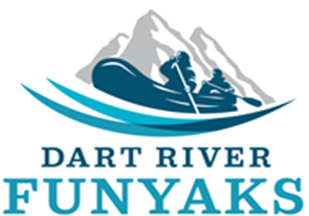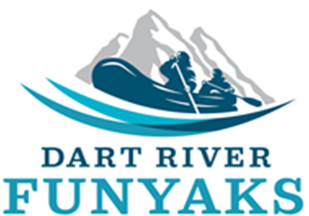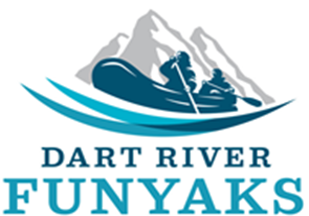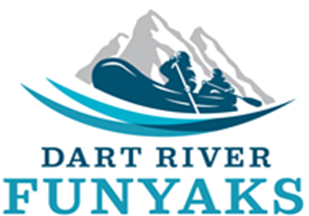Title Page
-
Site conducted
-
Driver Name
-
Trainer
-
Date
-
Prepared by
-
Location
1. Start of Day
-
1.1 Check Fluid Level- Fuel, oil, coolant, windscreen washer liquid.
-
1.2 Check compliance labels - C.O.F., R.U.C's, Registration.
-
1.3 Inspect exterior of vehicle for damage. All damage to be noted on pre- start check sheet.
-
1.4 Inspect all wheels and tyres- tread depth, inflation, sidewall damage, wheel nuts tightness
-
1.5 Check all lights are fully functioning, Headlights, brakes, indicators, reverse light
-
1.6 Check dashboard for warning lights
-
1.7 Check internal and external vehicle cleanliness
-
1.8 Pre- start check sheet completed correctly.
-
1.9 Bonnet Latch engagned, bonnet fully closed and rubber toggles in place
-
1.10 Drivers with P and class 2 have completed the logbook
-
1.11 Seat and steering wheel adjusted appropriately for the driver
-
1.12 Knows the locations of vehicle keys at base and workshop
2. General Driving
-
2.1 Driver must give full attention to the road at all times, two hands on the wheel
-
2.2 Drives In the centre of the left lane
-
2.3 Obeys all traffic laws - including speed limits, indicating and rights of way
-
2.4 Looks ahead for potential hazards
-
2.5 Regularly scans the drivers field of vision - mirrors, gauges and road
-
2.6 Maintain a safe following distance
-
2.7 Drive in a smooth manner that allows gentle acceleration and braking through stops, starts and cornering
-
2.8 Avoids risk taking and aggressive manoeuvres
-
2.9 Smooth gear shifting both on the up shift and down shift.
-
2.10 Spatial awareness throughout all operation
-
2.11 Use of the hand brake in both automatic and manual vehicles
-
2.12 Fastens seatbelt before driving all vehicles
-
2.13 Use of radio and channel selection
-
2.14 Legal requirements to operate a vehicle must be adhered to at all times
3. Reversing
-
3.1 Spatial awareness throughout all operation
-
3.2 Regularly scans the drivers field of vision - mirrors, gauges and road
-
3.3 Identify obstacles in advance and reduces risk of collision
-
3.4 Use of spotter assistance if necessary
-
3.5 Appropriate speed, use of brakes, clutch and accelerator
4. Speed
-
4.1 Drives up to 30 KM/H on Paradise beach
-
4.2 Drives up to 30 KM/H through Diamond Lake forest
-
4.3 Drives up to 70KM/H on gravels roads
-
4.4 Drives up to 35Km/H around Glenorchy
-
4.5 Passes all tour operators on the gravel road at a maximum of 20KM/h (Including Dart River)
-
4.6 Shows caution and reduces speed when passing farm stock
-
4.7 Follows Farmers instructions when approaching stock drives
5. 4WD Systems
-
5.1 Can engage 4 x 4
-
5.1 Can engage manual locking hubs
-
5.2 Can engage low range
-
5.3 Demonstrate appropriate speed and tactics when tackling paradise beach obstacles
6. End of Day
-
6.1 Knows where and how to refuel - completed workshop sign off
-
6.2 Park vehicle in useful location
-
6.3 Knows where to return keys
-
6.4 location of the cleaning supplies and jet wash
7.Tractor (optional)
-
Is the Trainee being signed off to use DRA tractors ?
-
7.1 Observe trainer; start-up, driving techniques and launch operation.
-
7.2 Knows to complie with specific restrictions set for operating on the open road.
-
7.3 Check Oil, water, diesel, understand gears, ratios, 4WD, Diff lock, Hydraulics, Bucket Tractor, back blade, brakes, ignition switch.
-
7.4 Know site speed limit is 15km/h
-
7.5 know not to carry any passengers, the only person on the tractor is the driver
-
7.6 . Understands that in winter extra care must be taken due to icy conditions.
8. Tractor Ring Feeder (optional)
-
8.1 When connecting the tractor to the trailer ring feeder ensure that all pins are connected through the three-point linkage with the correct pins fitted. Pull ring feeder pin out and lift lever to load release pin. The ring feeder load handle should be in the up position. Adjust three-point linkage to the appropriate height to be able to engage with trailer tow eye. Reverse the tractor into tow eye, which will trip the ring feeder pin. The ring feeder handle should be locked in the down position. Check the handle to see if it is locked and the lever pin is in.
-
8.8 Check trailer is connected to tractor correctly, tyres inflated, wheels secure, safety chain connected, can competently back trailer
-
8.9 Ensures all facets of safety are adhered to when towing a boat and demonstrates necessary skills
Sign Off
-
I confirm that I have completed a programme of supervised tractor driving practice covering Dart Rivers entire operational area accessed by vehicle and understand the information and assessment in this skill development programme and feels confident to proceed with driving unsupervised.
-
Tractor Driving Trainer
-
Trainee
Sign Off
-
I confirm that I have completed a programme of supervised driving practice covering Dart Rivers entire operational area accessed by vehicle and understand the information and assessment in this skill development programme and feels confident to proceed with driving unsupervised.
-
Trainee Name and Signature
-
Programme Signed Off by Trainer














